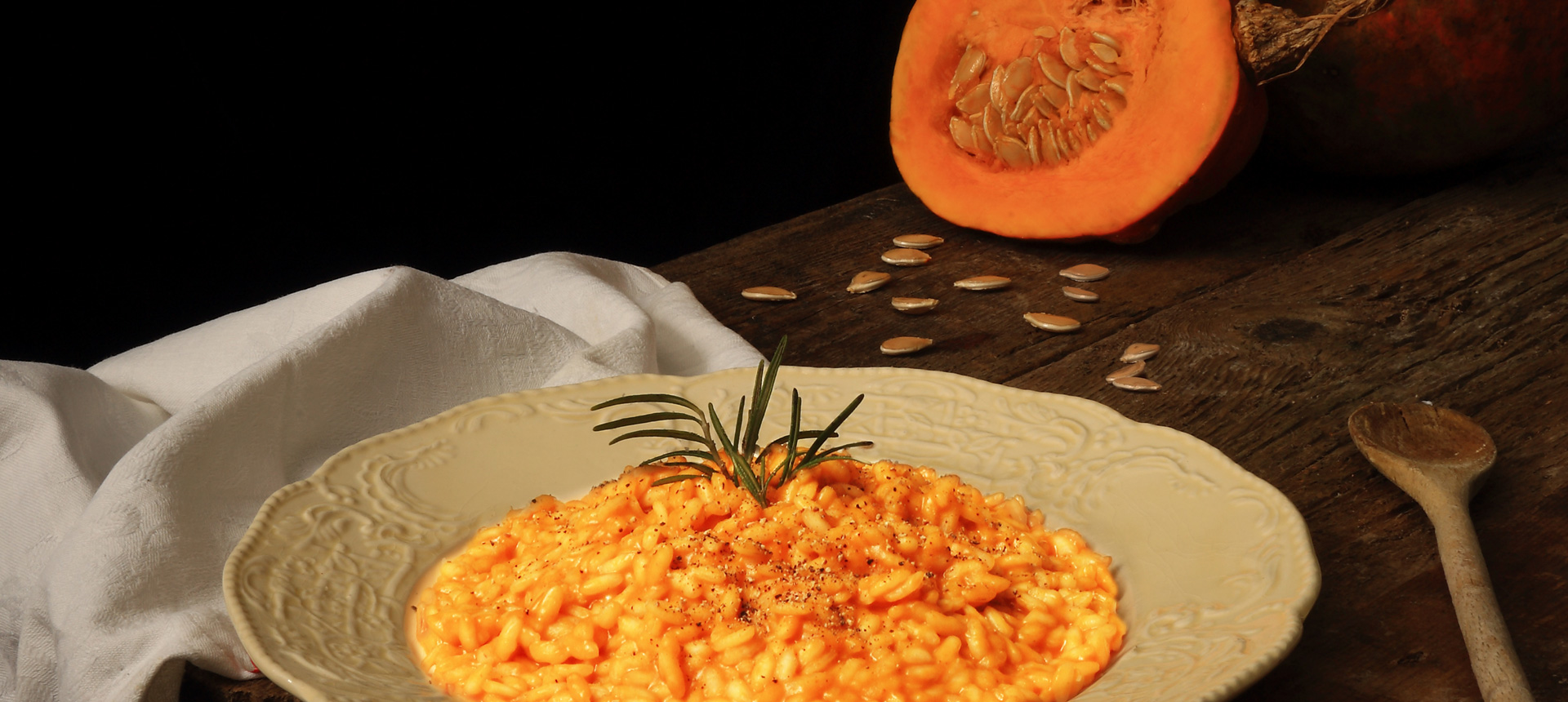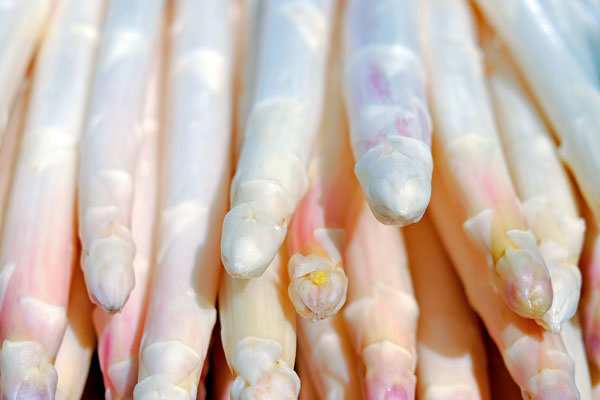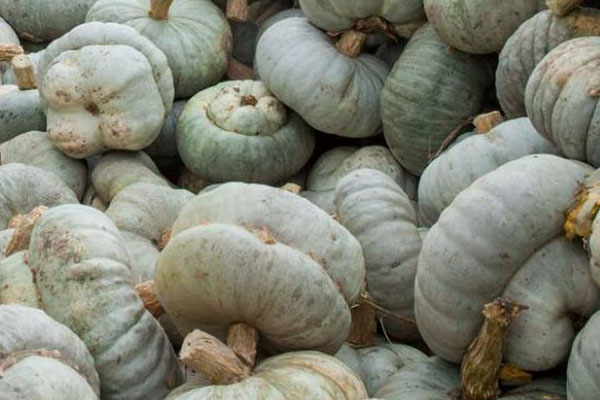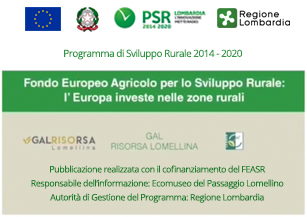Lomellina is about more than just rice. A wide range of food products is on offer, including numerous local specialities with a strong link to the geographical area and quality characteristics that are the result of a combination of factors, including artisanal processes handed down from generation to generation. While it is true that the agri-food industry in Lomellina is geared exclusively towards rice processing, there are dozens of businesses – often family-run – that emphasise a diversity of flavours under the motto “small is beautiful” and biodiversity in opposition to a market that is bent on taste standardisation. Lomellina’s gastronomic delights fully meet the demand for authenticity, exclusivity and uniqueness, respecting the concepts of territory, taste and tradition.
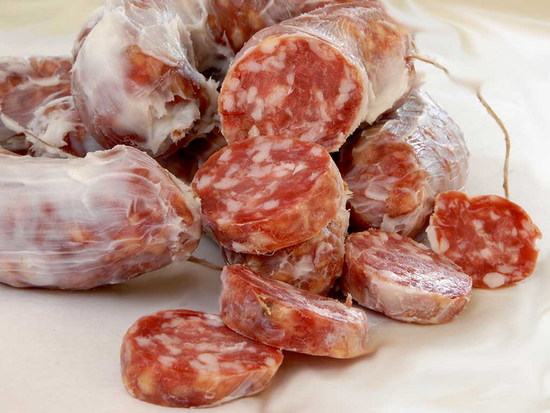 It is well known that rice is synonymous with risotto, but in Lomellina its use extends to rice flour, rice biscuits, rice oil and even vegetable soap made with rice oil, which uses the ancient process of cold saponification to create a product that is rich in nutrients and gentle on the skin. When it comes to sausages, in Mortara, memory is associated with tradition as a reconstruction of the past. Goose rearing became widespread here in the 15th century owing to the large Jewish community, which saw the domestic palmiped as a substitute for the pig, which was banned for religious reasons. This gastronomic tradition has survived to the present day and a long list of products are made from goose meat: from bresaolina to ciccioli, from goose breast to the classic foie gras. Another popular sausage is the “salàm d’la duja”, which is at its absolute best in the village of Olevano. This is the finest sausage because, according to tradition, it must be preserved under fat in olle (or doie) – small terracotta barrels. In Lomellina, you can also sample the classic and garlic versions of “cacciatore”, as well as cacciatorini with green pepper, Barolo and Grignolino, salami stuffed into the prized “culato” casing, salame cotto di testa, mellow cotechino sausage, blood sausage and liver salami with port.
It is well known that rice is synonymous with risotto, but in Lomellina its use extends to rice flour, rice biscuits, rice oil and even vegetable soap made with rice oil, which uses the ancient process of cold saponification to create a product that is rich in nutrients and gentle on the skin. When it comes to sausages, in Mortara, memory is associated with tradition as a reconstruction of the past. Goose rearing became widespread here in the 15th century owing to the large Jewish community, which saw the domestic palmiped as a substitute for the pig, which was banned for religious reasons. This gastronomic tradition has survived to the present day and a long list of products are made from goose meat: from bresaolina to ciccioli, from goose breast to the classic foie gras. Another popular sausage is the “salàm d’la duja”, which is at its absolute best in the village of Olevano. This is the finest sausage because, according to tradition, it must be preserved under fat in olle (or doie) – small terracotta barrels. In Lomellina, you can also sample the classic and garlic versions of “cacciatore”, as well as cacciatorini with green pepper, Barolo and Grignolino, salami stuffed into the prized “culato” casing, salame cotto di testa, mellow cotechino sausage, blood sausage and liver salami with port.
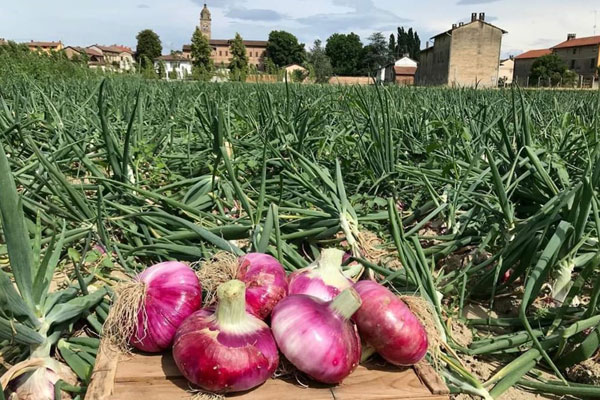
The outstanding vegetables include the Breme red onion, the Dorno Bertagnina pumpkin and the Cilavegna pink asparagus, which can be eaten fresh, as jams and sauces or as fillings for pasta and agnolotti. These are classic examples of local products that have been made in a particular area since ancient times and that continue to be produced according to know-how, methods and practices that are rooted in tradition. The history of the red onion is a case in point. According to tradition, the vegetable was introduced to the clay soils near the rivers Po and Sesia by Benedictine monks from the abbey of Novalesa, who fled the Susa Valley in the early 10th century and took refuge first in Turin and then in Breme. After several decades of crisis, its cultivation was revived in the early 1980s, thanks in part to the festival organised in the first half of June by the Polisportiva Bremese. Today, production of the seasonal vegetable stands at around 100 tonnes, over an area of around 120 Milanese perches – around eight hectares – in the Denominazione comunale d’origine (De.CO) area.
Cilavegna pink asparagus
Gambolò borlotti beans
Dorno Bertagnina pumpkin
Offella di Parona
After being forgotten for years, to the point of becoming an “endangered specimen”, the Dorno Bertagnina pumpkin was rediscovered in 2004 and is celebrated with the Zucca Bertagnina di Dorno festival in October. The name derives from the dialectal word “bartö”, which means the cap and, metaphorically, the protuberance of the vegetable. In Cilavegna, during its festival in the first half of May, people can also enjoy early asparagus and a wide range of tastings: from risottos and omelettes to asparagus-based bitter liqueurs.
Another speciality is the Gambolò borlotti bean, an ancient variety grown in the sandy soils of eastern Lomellina a few kilometres from the Ticino. Local cheeses include “Burgundella” from Sannazzaro de’ Burgondi and the new Caprino di Ceriella and Capriccio di Capraio, produced by a farm in Zeme.
In terms of sweet treats, by far the most popular is the Offella di Parona, an oval-shaped biscuit to which an annual festival is dedicated. All that is known of the recipe, which was devised in the late 19th century by sisters Pasqualina and Elena Colli, are the ingredients (wheat flour, sugar, butter, eggs, yeast and olive oil), but not the measurements or steps. The secret is in the hands of the tourist board, which has authorised three local bakeries to produce the delicious biscuit. In Lomellina, you can also sample “sartirane” – frog-shaped sweets that evoke both the village of the same name and the amphibian that lives in the rice fields.


